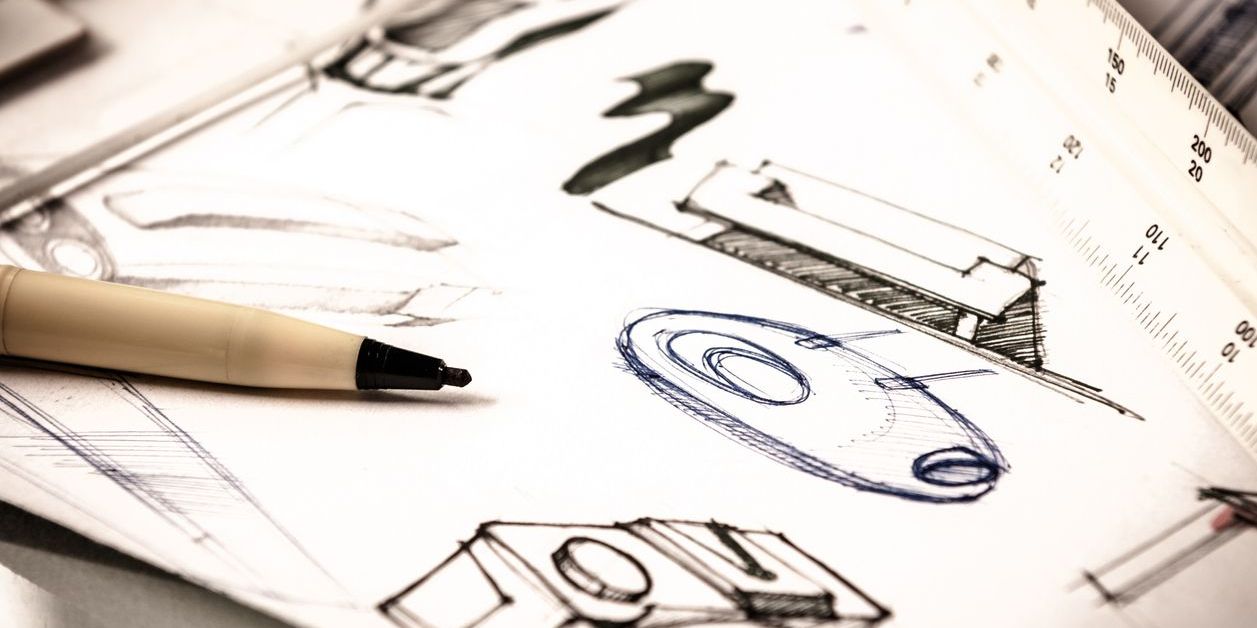What is a Product Designer?
A product designer helps develop the look, feel, and function of physical items like household goods, tools, toys, or packaging. They focus on how a product will be used, how it fits into people’s lives, and how it can be made efficiently. Product designers often work from initial concept sketches through to prototypes and final design specifications, keeping both the user and the manufacturer in mind.
While their role can sometimes overlap with industrial designers, product designers are often more focused on how the product works, how it's assembled, and how all the parts come together to form a complete experience. They collaborate with engineers, marketers, and manufacturers to refine the product before it goes into production. Their goal is to make products that are practical, appealing, and solve real-world problems.
What does a Product Designer do?

Duties and Responsibilities
The duties and responsibilities of a product designer who works with physical products can vary depending on the industry, but typically include:
- Concept Development: Generate ideas for new products or improve existing ones by sketching, modeling, and brainstorming solutions based on user needs and market demands.
- Prototyping and Testing: Build and test models or prototypes to evaluate the product’s usability, durability, and overall function. Make refinements based on feedback and testing results.
- Material and Component Selection: Choose appropriate materials and components that meet performance, cost, and sustainability goals while ensuring the product is practical to manufacture.
- Collaboration: Work closely with engineers, marketers, and production teams to ensure the design meets technical requirements, fits branding goals, and stays within budget.
- Design Documentation: Create clear technical drawings, 3D models, and specifications that guide manufacturers in producing the final product.
- User-Centered Design: Focus on the end user’s experience, making sure the product is easy to use, safe, and solves the intended problem effectively.
Types of Product Designers
There are several types of product designers, each specializing in different kinds of physical products or areas of design:
- Consumer Product Designers: Focus on everyday items like kitchen gadgets, home appliances, personal care products, or toys—anything designed for general public use.
- Medical Product Designers: Specialize in designing healthcare-related tools and devices, such as surgical instruments, diagnostic equipment, or patient care products that must meet strict safety and usability standards.
- Automotive Product Designers: Work on components and accessories within vehicles, such as dashboards, seating, or interior features, balancing aesthetics, function, and ergonomics.
- Packaging Designers: Design the physical packaging of products, ensuring it protects the item, appeals to buyers, and supports brand identity.
- Sustainable Product Designers: Focus on creating environmentally friendly products that use sustainable materials, reduce waste, and minimize the product’s overall environmental impact.
- Furniture Product Designers: Design furniture with attention to comfort, durability, style, and practicality for residential or commercial settings.
- Digital Product Designers: Specialize in creating user-friendly digital products like websites, apps, or software interfaces. They focus on user experience (UX) and visual design, ensuring the product is intuitive and easy to navigate.
Product designers have distinct personalities. Think you might match up? Take the free career test to find out if product designer is one of your top career matches. Take the free test now Learn more about the career test
What is the workplace of a Product Designer like?
The workplace of a product designer can vary depending on the industry, but many work in design studios, manufacturing companies, or product development departments. These spaces are often equipped with computers, design software, sketching tools, and sometimes small workshops for creating models or prototypes. Designers may also spend time in meetings with other teams like engineering, marketing, or manufacturing to talk about how the product should look and function.
Some product designers split their time between the office and hands-on workspaces. They might work with materials, build mockups, or test how different versions of a product feel and perform. Visiting factories or suppliers is also common, especially when the designer needs to see how a product is made or troubleshoot design issues during production.
Collaboration is a big part of the job. Product designers often work with other creative professionals, engineers, and business teams. They may also gather feedback from users or clients to improve the product before it goes to market. Whether in a quiet office or a busy studio, their work environment supports creativity, problem-solving, and teamwork.
Frequently Asked Questions
Industrial Designer vs Product Designer
Industrial designers and product designers have overlapping roles, but they differ in focus and approach.
Industrial Designer
An industrial designer primarily focuses on creating the physical appearance, function, and structure of a product. They often work on items like appliances, tools, furniture, vehicles, or other consumer goods. Industrial designers are highly involved in the technical side of design, such as material selection, manufacturability, and ergonomics. They ensure that products are not only aesthetically appealing but also practical and easy to use.
Product Designer
On the other hand, a product designer in the context of physical products has a broader role. While they still care about functionality and form, their focus is also on the overall user experience. They take into account the needs and preferences of the end user and ensure that the product meets both consumer demands and business goals. Product designers collaborate closely with engineers, marketers, and manufacturers to develop products that are not only well-designed but also meet market trends and production constraints. They might work on anything from kitchen gadgets to sporting goods to medical devices.
While both roles share similarities, industrial designers tend to be more focused on technical aspects, whereas product designers have a more holistic approach that includes user needs, branding, and marketability.